What equipment is needed for harvesting?
The right equipment not only increases efficiency and safety, but is also crucial to grape quality, loss reduction and successful winemaking. It's an investment that has a direct impact on the final product and on the farm's profitability.
Let's take a look at the different types of equipment needed for manual harvesting.
1. Essential harvesting tools
Scissors and pruning shears
Pruning shears are used to cut bunches of grapes from the vines. To be effective, the blades must be sharp enough to cut the bunches cleanly without crushing the stems. Some blades are also treated to resist rust. Pruning shears with ergonomic, non-slip handles provide a comfortable grip and reduce hand fatigue. Some handles are fitted with springs to facilitate opening and closing.
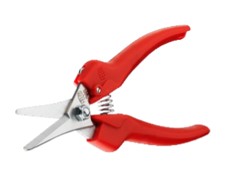
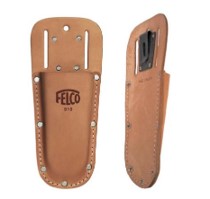
Harvest buckets, hoods and bins
Harvest buckets enable you to collect cut grapes and transport them from the rows of vines to skips or trailers. They are mainly used for individual harvesting. They can be made of plastic or canvas (often used in regions where you don't want to crush the grapes). They can hold between 10 and 20 kg of grapes.
Harvest bins are more useful for storing grapes once collected and transporting them with greater care.
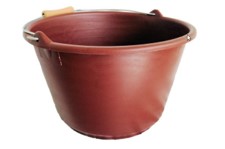
2. Personal protective equipment for safe working
Providing adequate protective equipment is, of course, an employer's obligation towards its personnel, but above all, PPE must become a safety reflex for everyone. Our first-aid kits, safety glasses for cellar work, gloves for protection against pruning shears, and helmets for noise protection, are a good place to start.
Reinforced gloves
Protecting your hands from cuts, vine thorns and possible infections due to minor injuries is essential for safe harvesting. You can opt for leather gloves which offer excellent protection against cuts and thorns, while still being breathable. Or polyamide gloves to protect your hands from sap and keep them clean.
Appropriate clothing
As we've all noticed, the weather can vary greatly from year to year, so it's best to have an adequate wardrobe.
Harvesting can be uncomfortable if the clothes you wear aren't suitable. Wear breathable clothing To avoid excessive perspiration, especially on hot days, it's best to wear light, breathable clothing. Take a look at our range of clothing for women.
On rainy days or when the weather is uncertain, waterproof jackets and pants are essential to keep you dry.
Don't forget to protect yourself from the sun by wearing a hat or cap.
From shorts and overalls to vests and ponchos, we have everything you need to work comfortably. Do you need seasonal labor? Don't hesitate to contact us for special offers on batches of garments (eg. ponchos).
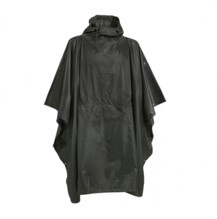
3. Harvest reception at the press
Brushes and harvesting equipment
These products guarantee hygiene in your winery. Discover our forks and shovelssorting table scraper, grapple, brushes and pins brushes and pins for cleaning, etc.
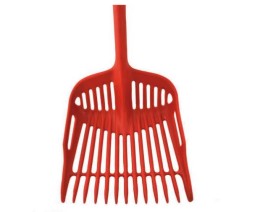
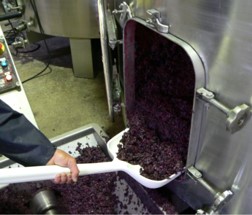
Measuring equipment
Every summer, take advantage of a special offer on selected selection of measuring devices from the Hanna Instruments. E-VITI offers you pH meters and laboratory pH meters refractometers for measuring sugar and probable alcohol, and titrators for measuring SO2 and total acidity, as well as several thermometers thermometers.
4. Practical tips for organizing your harvest
The first step in organizing the harvest is to plan the date carefully. It's essential to monitor the ripeness of the grapes in terms of sugar content, acidity and pH, so as to harvest at the optimum time. You also need to anticipate the weather, as harvesting in the rain can dilute the juice and adversely affect quality.
To guarantee grape quality, it's best to start harvesting early in the morning, when it's still cool, to limit oxidation. It's also important to keep the time between harvest and arrival in the cellar to a minimum, and to avoid overfilling the skips so as not to crush the bunches.
Before the big day, it's important to check, clean and prepare the secateurs, hoods, crates, skips, machines and cellar equipment such as vats and presses. You also need to make sure you have enough equipment for each picker, including buckets, gloves and hoods.
It's a good idea to explain cutting techniques and safety instructions to everyone. You also need to think about human logistics, and provide meals, snacks and drinks for the whole team.
During the harvest, it's often more efficient to form pairs or small groups to cover the rows, designating porters separate from the cutters. In the field, it's important to remember to sort as soon as the grapes are cut, eliminating rotten or damaged bunches in order to limit the amount of work required in the cellar.
It's important to plan regular breaks, especially in very hot weather, and to make sure that everyone is equipped with gloves and suitable clothing and footwear.
Once the harvest is over, it's essential to clean all the equipment, including secateurs, hoods, crates and skips, to prevent mildew and prepare for the following season.



